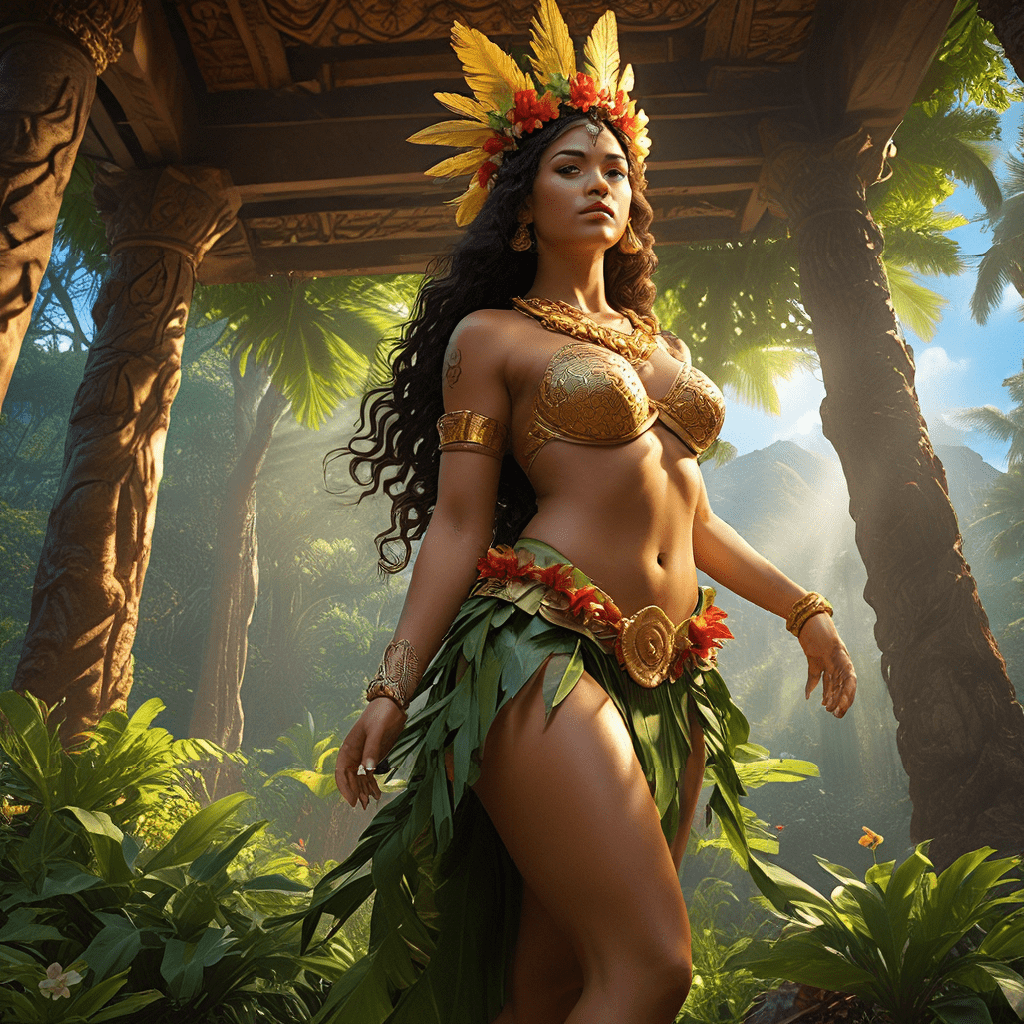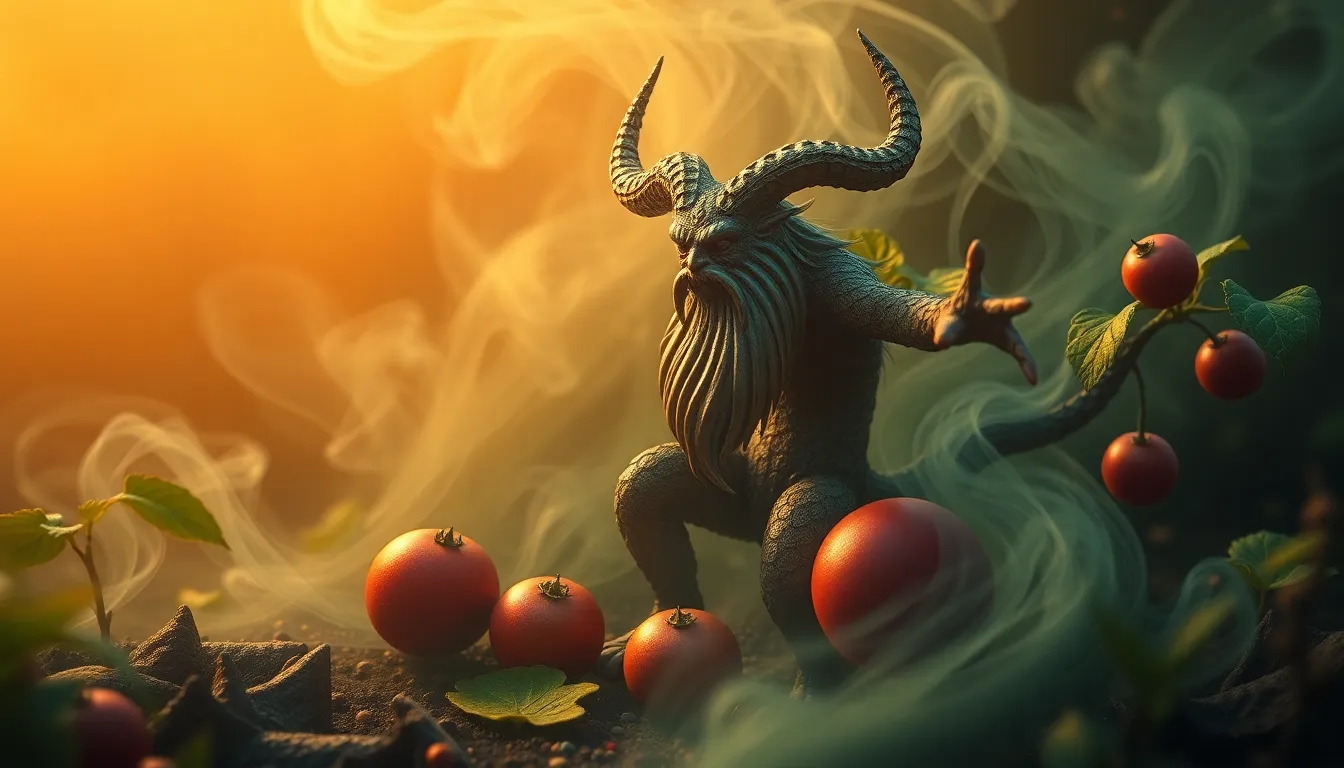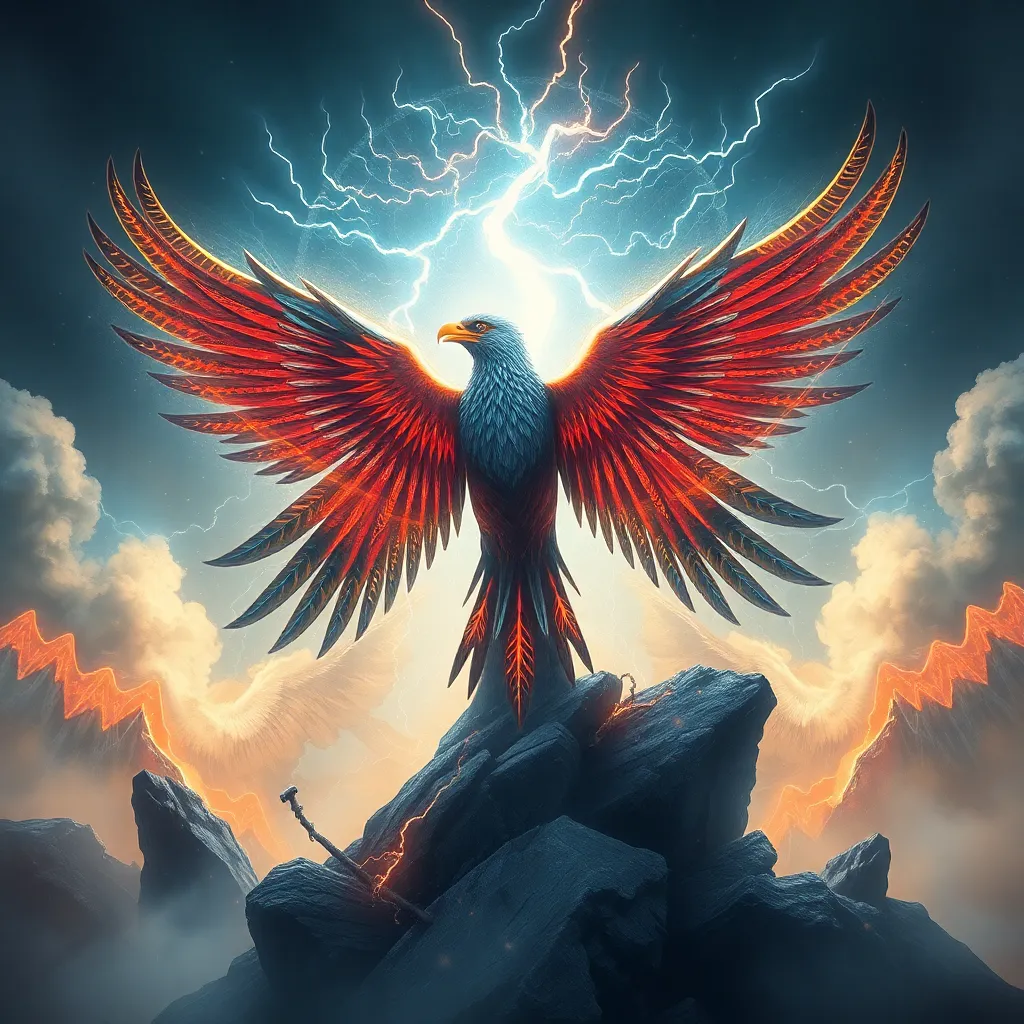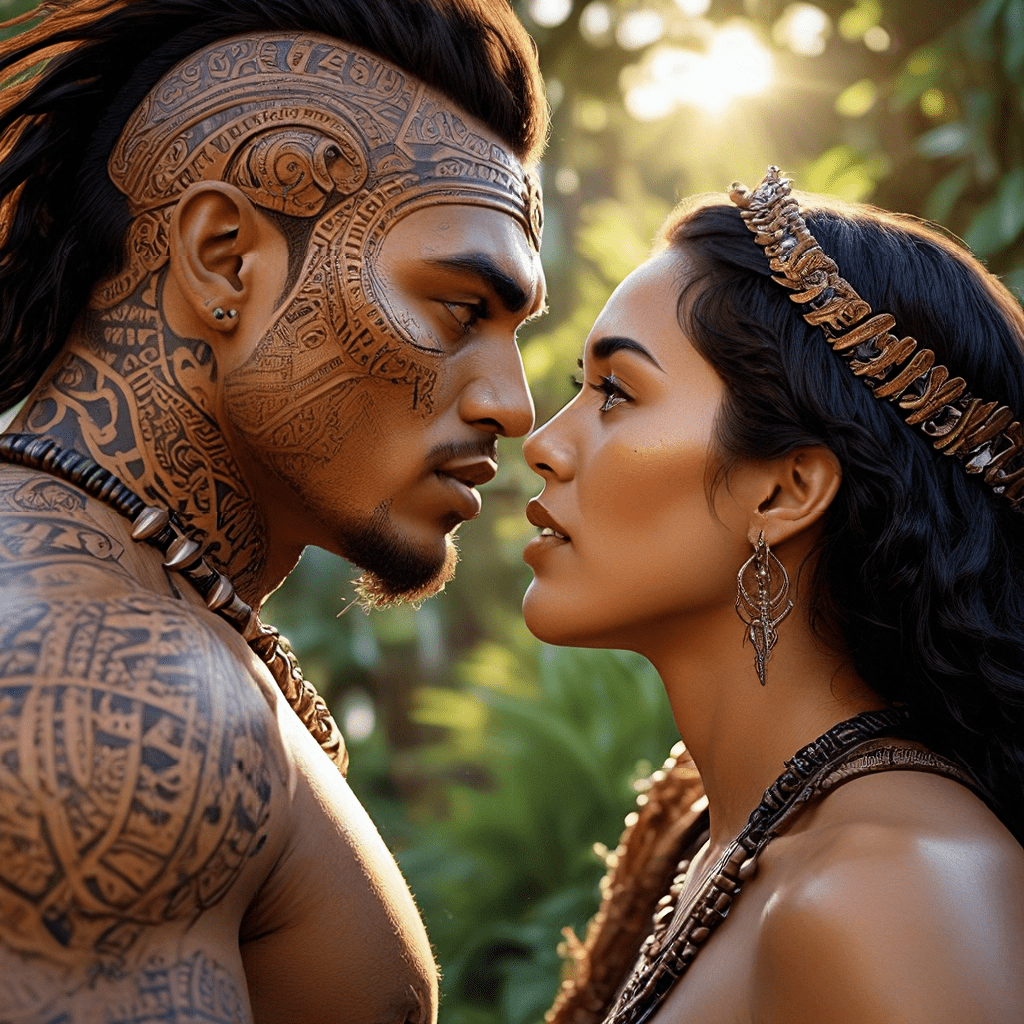Exploring the Gods and Goddesses of Hawaiian Mythology
The Birth of Hawaiian Mythology:
Hawaiian mythology, a vibrant tapestry of stories and beliefs, is deeply entwined with the islands' natural beauty and the lives of its people. The stories, passed down through generations, sprang from the observations of the natural world and the islanders' intimate connection to it. The rising and setting of the sun, the crashing waves, the volcanic eruptions, and the growth of plants were all seen as manifestations of powerful deities.
Hawaiian mythology is a rich oral tradition, with generations of storytellers carefully preserving and transmitting these myths. These stories served as a way to understand the world, explain natural phenomena, and guide the moral and spiritual lives of the people. The myths are a powerful testament to the reverence for nature, the importance of community, and the deep-seated spiritual beliefs that lie at the heart of Hawaiian culture.
Key Gods and Goddesses of the Hawaiian Pantheon:
The Hawaiian pantheon is a diverse and fascinating collection of deities, each with their unique domains and roles. These gods and goddesses represent the forces of nature, the human condition, and the very essence of creation. They are not merely characters in stories but powerful beings whose actions and influence shape the world and the lives of humans.
Understanding the Hawaiian pantheon is key to deciphering the complex tapestry of beliefs and values that underpin Hawaiian culture. The deities, through their stories and symbolism, provide insights into the islanders' understanding of the universe, their relationship with the environment, and the interconnectedness of all things.
Kū: The God of War and Creation:
Kū, a prominent figure in the Hawaiian pantheon, embodies strength, power, and creation. He is often depicted as a warrior god, wielding a spear and a club, but his role extends far beyond warfare. Kū is also associated with the earth, the mountains, and the physical world. He is believed to have helped shape the islands, giving them their unique topography.
Kū's connection to creation is evident in his association with the act of building and constructing. He is seen as the patron deity of craftsmen, particularly those working with wood. His role in both war and creation reflects a duality inherent in the Hawaiian worldview: the interconnectedness of power, creation, and destruction.
Kāne: The God of Creation and Fertility:
Kāne, the god of creation, fertility, and knowledge, is considered one of the most important deities in Hawaiian mythology. He is often depicted as a wise and benevolent figure, responsible for bringing life to the islands. Kāne is credited with creating humans, animals, and plants. His role in fertility is evident in his association with agriculture, particularly the cultivation of the taro plant, a staple food in Hawaiian culture.
Kāne is also seen as a source of knowledge and wisdom. His name is often invoked in prayers and rituals, seeking guidance and understanding. Kāne's influence extends beyond the physical world, as he is also considered a guardian of the spiritual realm.
Lono: The God of Agriculture and Peace:
Lono, the god of agriculture, peace, and prosperity, embodies the life-giving forces of nature. He is often associated with the rains that bring fertility to the land and the abundance of crops that sustain the people. Lono's influence is felt throughout the agricultural calendar, with the annual Makahiki festival, dedicated to him, being a time of celebration and thanksgiving for the harvest.
Lono's association with peace is evident in his calming presence and the absence of war during the Makahiki festival. He represents the ideals of harmony, peace, and prosperity that are central to Hawaiian culture.
Kanaloa: The God of the Sea and the Underworld:
Kanaloa, a complex and powerful deity, embodies the mysterious and unpredictable forces of nature. He is the god of the sea, the underworld, and the unseen powers that govern the natural world. Kanaloa is often associated with the deep ocean, a place of both beauty and danger. His realm is a world of hidden depths, where creatures of myth and legend dwell.
Kanaloa's role as the god of the underworld connects him to the cycle of life and death. He is seen as a judge of souls, determining their fate in the afterlife. His association with the underworld also links him to the earth and its fertility, as the soil is nourished by the decaying matter of the natural world.
Despite his powerful presence, Kanaloa is not always benevolent. He is known for his unpredictable nature, capable of both creation and destruction. His storms can be devastating, and his wrath can be swift and terrible. Yet, Kanaloa is also a source of power and wisdom, offering guidance to those who seek his favor. His duality as a force of both creation and destruction reflects the complex and unpredictable nature of life itself.
Hina: The Goddess of the Moon and Fertility:
Hina, the goddess of the moon and fertility, is a central figure in Hawaiian mythology. Her presence is felt in the night sky, where she illuminates the world with her gentle light. Hina is also associated with the tides, the rhythms of the moon, and the cycle of life and renewal. Her influence extends to the natural world, particularly to the growth of plants and the abundance of crops.
Hina is often depicted as a nurturing and benevolent figure, particularly in her role as the goddess of women and motherhood. She is seen as a protector of children, a guide for young girls, and a source of strength and resilience for women. Hina's connection to fertility is also evident in her association with the moon, which governs the tides and plays a crucial role in the reproductive cycle of many marine creatures.
Hina's stories are often filled with both adventure and wisdom. She is known for her cunning and her ability to overcome challenges, embodying the strength and resilience of the Hawaiian people. Her journey across the sky, from one horizon to another, represents the endless cycle of life and the unwavering presence of the moon, a constant symbol of hope and renewal.
The Legacy of Hawaiian Mythology:
Hawaiian mythology continues to play a vital role in the lives of the Hawaiian people today. These stories serve as a powerful link to the past, reminding them of their cultural heritage and the deep connection to their ancestors. They offer insights into the values and beliefs that shape their worldview and guide their choices.
Hawaiian mythology is a treasure trove of stories, traditions, and wisdom. By exploring these tales, we can gain a deeper understanding of the Hawaiian people, their culture, and their unique connection to the natural world. These stories are more than just entertainment; they are a vital part of the Hawaiian cultural fabric, offering a glimpse into the heart and soul of a people deeply rooted in tradition and respect for the land and its mysteries.
FAQ:
Q: What are some of the most important deities in Hawaiian mythology?
A: Some of the most important deities in Hawaiian mythology include Kū, Kāne, Lono, Kanaloa, and Hina. These deities represent various aspects of the natural world, human life, and the essence of creation.
Q: How is Hawaiian mythology related to the natural world?
A: Hawaiian mythology is deeply intertwined with the natural world. The stories and beliefs are rooted in the islanders' observations of nature, from the rising and setting of the sun to the crashing waves and volcanic eruptions. The deities themselves are often associated with specific natural elements, such as the sea, the mountains, or the moon.
Q: What is the role of oral tradition in preserving Hawaiian mythology?
A: Oral tradition plays a crucial role in preserving Hawaiian mythology. Storytellers meticulously passed down these stories through generations, ensuring their survival and continuity. They served as a powerful link to the past, reminding them of their cultural heritage and the deep connection to their ancestors.
Q: What is the significance of the Makahiki festival in Hawaiian mythology?
A: The Makahiki festival, dedicated to Lono, the god of agriculture, peace, and prosperity, is a significant celebration in Hawaiian culture. It is a time of thanksgiving for the harvest, a period of peace and harmony, and a celebration of the abundance of the land.
Q: What lessons can we learn from Hawaiian mythology?
A: Hawaiian mythology offers insights into the values and beliefs that shape the Hawaiian worldview. It teaches about the importance of respect for nature, the strength of community, the interconnectedness of all things, and the enduring power of tradition.



